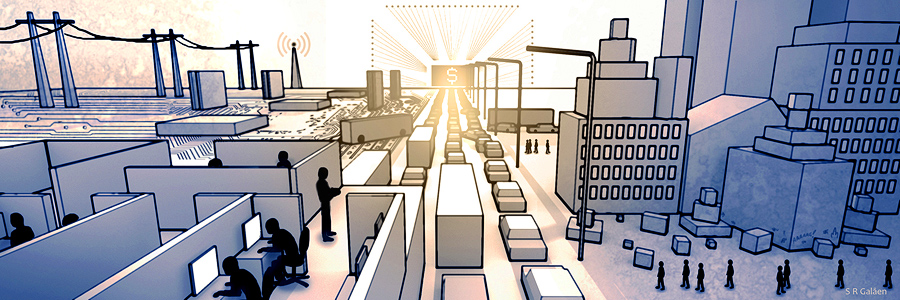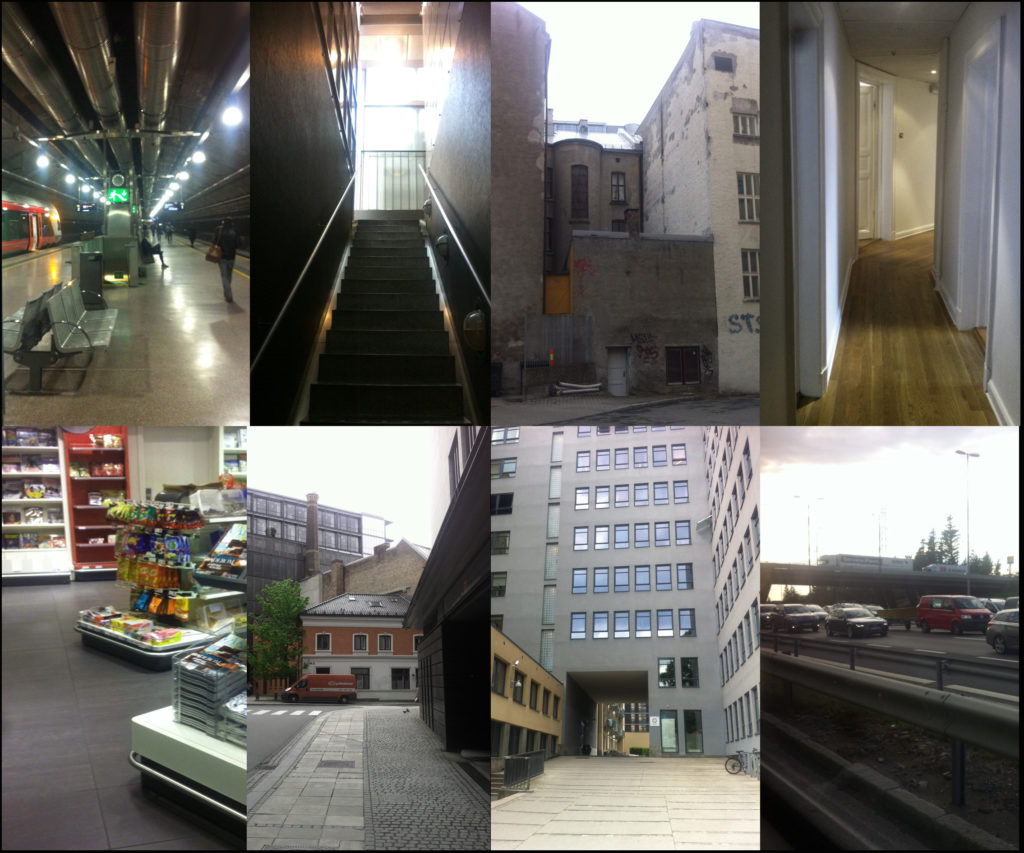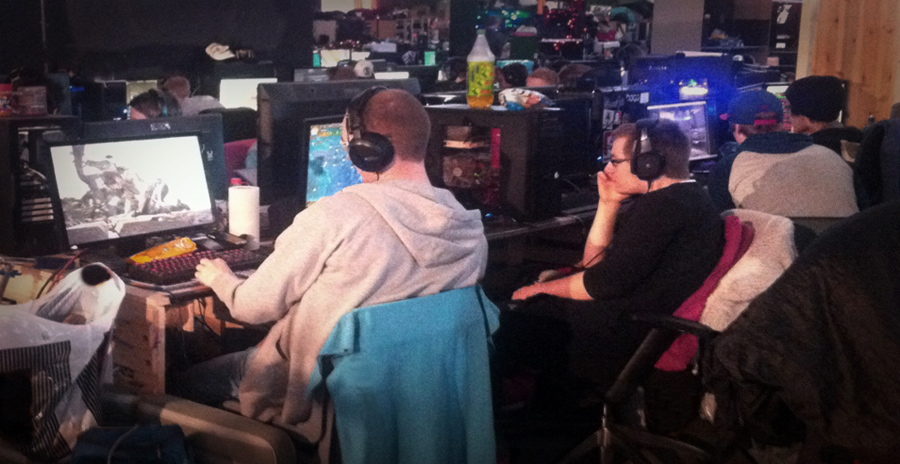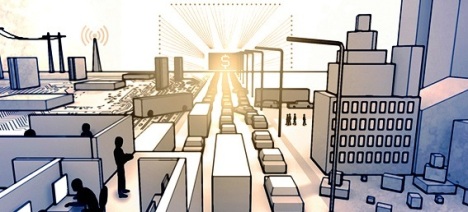The Outer Framework

A recent media focus [2014] has been on increased sick leave in Norway as well as the higher amount for women. While possible factors are being debated, few have mentioned the outer framework: the modern society.
The Norwegian Labour Inspection Authority and researchers like Arnstein Mykletun provide good explanations for why the sick leave rate has increased, especially for women, based on the historical development of work-life and work participation. Yet, another underlying aspect seems to be arising. Could increased sick leave be a signature of modern society having a negative effect on people’s health?
If one imagines the everyday life of humans a few centuries ago, there was to a high degree of physical labor in the countryside, in the woods or out on the ocean. Some trading occurred in the market places and harbors in more central regions. Distances were generally experienced as vast, and people traveled via country roads by foot, in horse wagon or were rowing boats. Conditions were tough, but there was a more direct connection between nature and humans. Overconsumption, overproduction, and pollution would have been absurd terms.

Painting: “A Summer Day” (cropped), Hans Dahl, ca 1930
The modern society, and especially the big cities, can be viewed, in a somewhat pessimistic manner, as a crossing between a shopping mall, an amusement park, and an open prison. In the large we are safe, we are entertained, and we have access to practically everything we need. Yet, the physical spaces have shrunk and visuals are gradually replaced with illusions. Overconsumption, overproduction, and pollution are now a part of reality.
One’s surrounding is constructed and artificial. During a whole day, one has perhaps seen just a few glimpses of nature – if at all. Most likely, in an everyday scenario, an adult has found herself in an apartment, in noisy traffic, between large buildings, in cubical corridors, in a clinical office landscape, at a restaurant and the same scenarios in reverse. Fellow humans are at least a natural aspect.

During the early 1800s, in England and France combined, there were a few hundred psychiatric patients at mental institutions. 50 years later the number was increased to a few hundred thousands. The reasons for this are debatable, but one fact is that it was a period with an explosive increase in industrializing, urbanizing and indoor life. The population drifted from their farms by nature to tighter conditions in the cities as the demand for labor was larger there. The global mental health follows a concerning graph, but it is also dependent on definitions.

Humans act as much upon feelings as by rational thought. This has been known at least since Sigmund Freud’s nephew, Edward Bernays, made the theoretical foundation for how masses could be manipulated e.g. into smoking cigarettes. This, in turn, sat the foundation for PR, marketing and propaganda.
If humans to a large degree are controlled by feelings then the question arises: which underlying feelings are evoked by living in modern surroundings, its framework, and sensations?
The report “Mental disorders in Norway: A public health perspective” (Norwegian text) mentions that environmental factors are crucial for whether mental disorders develop, as they serve as triggering factors on the existing vulnerability. The report further describes how mental disorders cause more lost work years than all other diseases. It is especially interesting that it is found a higher occurrence of mental disorders in the cities than in rural regions – and this is observed globally.
The development of technology has both enabled and encouraged humans to spend more time in sitting mode. This applies both to work and spare time. Research finds that this causes physical issues over time if it’s not compensated with a considerable amount of physical activity and pauses. To many people, repetitive activities and monotone impressions are compensated with visual gimmicks on the internet, computer games, television or movies. This is also a preference among the younger population.

For many people, various kinds of drugs, from mild to strong, give a compensating effect or a break, but with burdening side effects. A more hectic daily life often causes simple solutions for food, where the available options typically are fast food or snacks which provides bad nutrition. Taking the proper nutritionally steps can even be challenging, as pointed out in the book “Truths of the table – what you are not told about your food”. Symptoms from overtime work, strain, and stress are often soothed with moderate drugs – or sick leave.
Besides pollution, research has found that continuous experience of queue and rush time traffic has unfavorable health influences. Being stuck in a cumbersome or dysfunctional system, over which one has little control, can result in mental stress and increased blood pressure. The same can be experienced in bureaucratic contexts or work environments characterized by bad or complicated systems.
There has been an increased focus the last decades on producing labor-saving machinery and increasingly effective methods. The same focus has been transferred to working humans, who almost are considered as robots. What could have resulted in an easier life in average for the community is often extracted as profit at the top, while workers remain in the same situation – and are even made redundant. It doesn’t help that the housing market, financial sector, and deindustrialization pretty much have made it a necessity to pile up debt. The latter has been explained well by Christian Anton Smedshaug in his book “Debt – How the West fooled itself”.

Human-made chemicals, both within the industry to food, has increased significantly in recent times. While climate gasses get most of the environment related coverage today, the fact is that many important environmental issues ought to get increased focus and resources. The accumulative effects of these substances influence ecosystems and humans over time. This has been covered in the Swedish documentary “The Submission”, and the (Norwegian) Consumer Council has put emphasis on toxins found in various goods.

It is being said that women are more in touch with their emotions and senses than are men. This could mean that women to a higher degree notice the increasing discrepancies between the biological internal and the constructed external. According to biologist Terje Bongard, the success factor resonates better with men than with women. Common for all is that one exists within a framework that conflicts with our nature and that to some degree wear us out both physically and mentally. The framework has changed exponentially, in accordance with a political mantra about growth, while the human body and mind have not (and neither have animals or nature for that matter).

Humans are both a product of, and victims of, the framework one lives within. Such frameworks – political, financial, bureaucratic and structural – are often created by a few and forced upon all. There are different ways of living within the framework, which some tackles well and others less so.
Regardless, ignoring dysfunctional systems or problems can rebound as an inflammation in the society. The only proper solution is to improve the framework or hold back on changes that conflict with nature. This is way more challenging than merely overrunning symptoms with drugs, harsher laws or “bread and circuses”. In contrast to financial or merely profit-driven systems, this required that the human interest correlates with the societal interest. It also requires considerations on the human and natural processes.
Admittedly, it’s not just doom and gloom, and one certainly enjoys the benefits from scientific progress and many technological achievements. Still, it is first by recognizing the problems that one can get a realistic view of what needs to be done to avoid degradations. This can, in turn, provide hope for long term improvements towards a healthier society.
[Norwegian version was published in Dagsavisen, November 2014]
